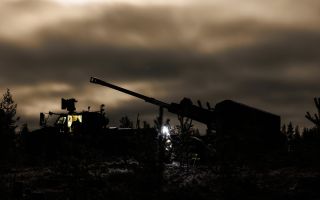Global Defence Spending Rose By Nearly 2% In 2018, Report Finds
Total global military spending in 2018 rose to $1.67 trillion (£1.3 trillion) - a £63 billion increase on the previous year, a report by the International Institute For Strategic Studies (IISS) has found.
Most of that nearly 2% increase came from the United States, whose military spending in 2018 stood at $643.3 billion (£502 billion), up $44.5 billion (£35 billion) since 2017 – nearly equivalent to Germany’s entire defence budget.
The Military Balance 2019 report was released ahead of the Munich Security Conference.
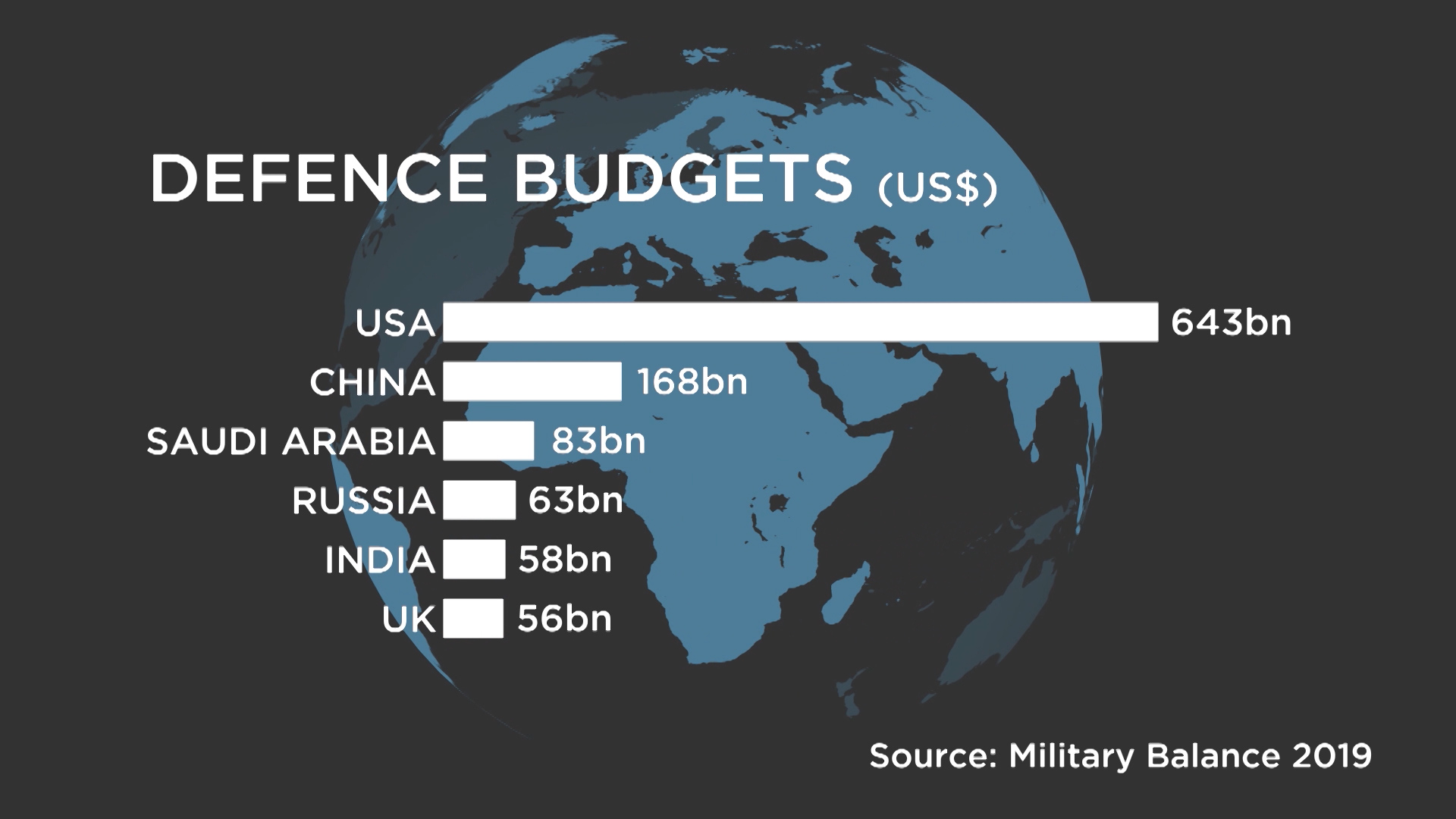
The report claims that Britain remains the world’s 6th biggest spender on defence with a budget of $56.1 billion (£44 billion) – ahead of France and slightly behind India.
NATO members, in theory, are committed to spending 2% of their Gross Domestic Product (GDP) on defence, but most currently do not meet the target.
But whilst spending rose by an average of 4.2% across European members of NATO, most members of the alliance still need to spend billions more to hit the organisation’s 2% target.
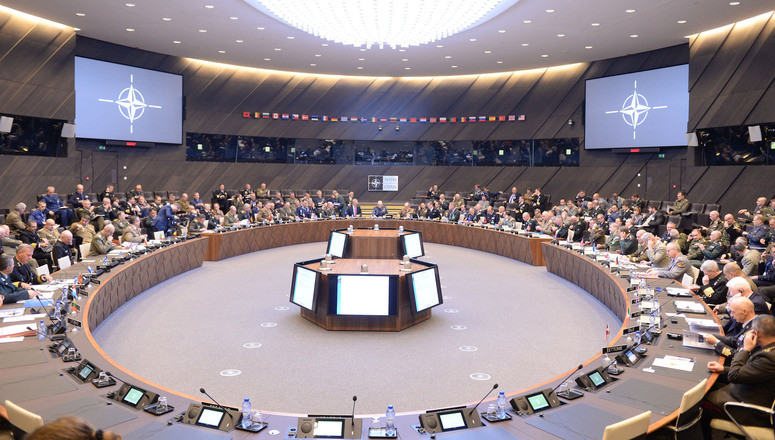
The failure of some European countries to increase their spending has long irritated US President Donald Trump.
Last year, President Trump said that NATO members should “immediately” increase spending to the 2% target.
He also suggested that America “might do its own thing” unless other NATO countries upped their game.
President Trump's rhetoric has alarmed many Europeans and led German Chancellor Angela Merkel to speculate that the United States was no longer a necessarily reliable partner.
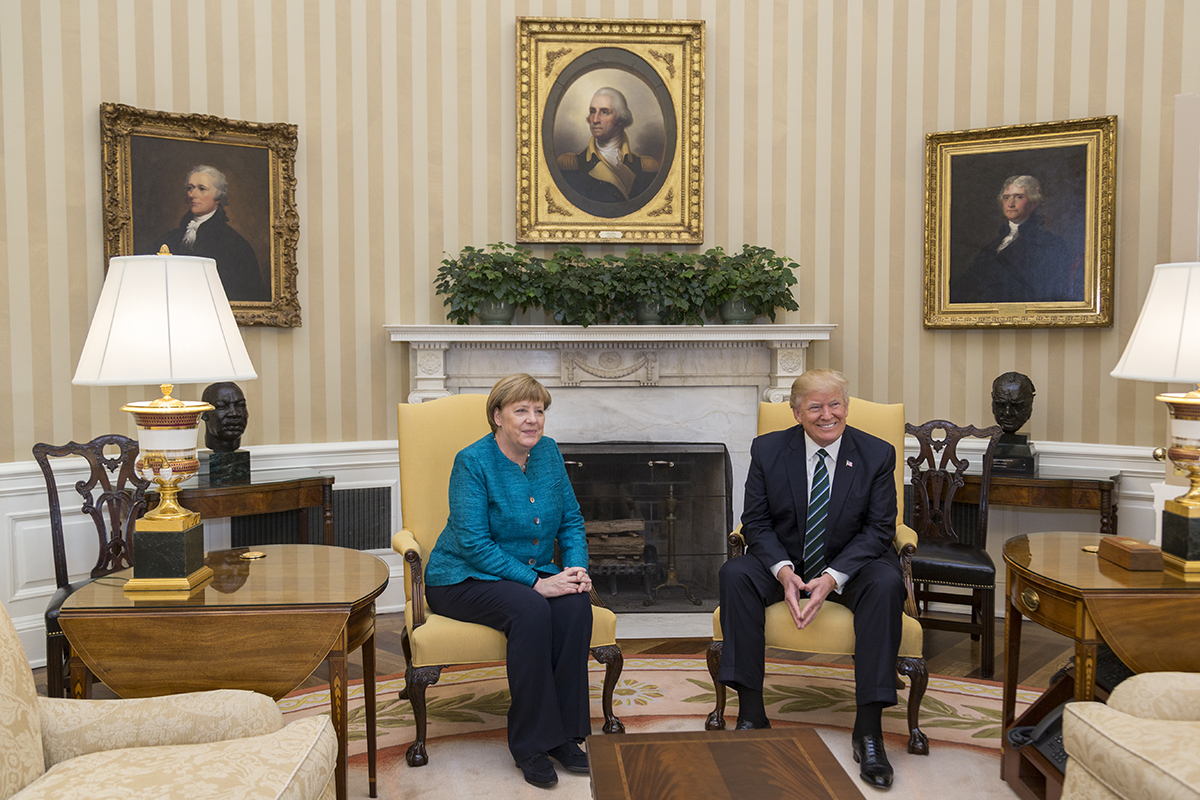
The report also notes that Russia is a concern for many western nations due to its “sometimes provocative behaviour in the Euro-Atlantic area”.
It claims Moscow continues to innovate and has been able to “develop and deploy new nuclear and dual-capable weapons.”
Moscow is also deploying 9M729 (SSC-8 Screwdriver) ground-launched cruise missiles – which the US blamed for its decision to pull out of the Intermediate-range Nuclear Forces (INF) Treaty.
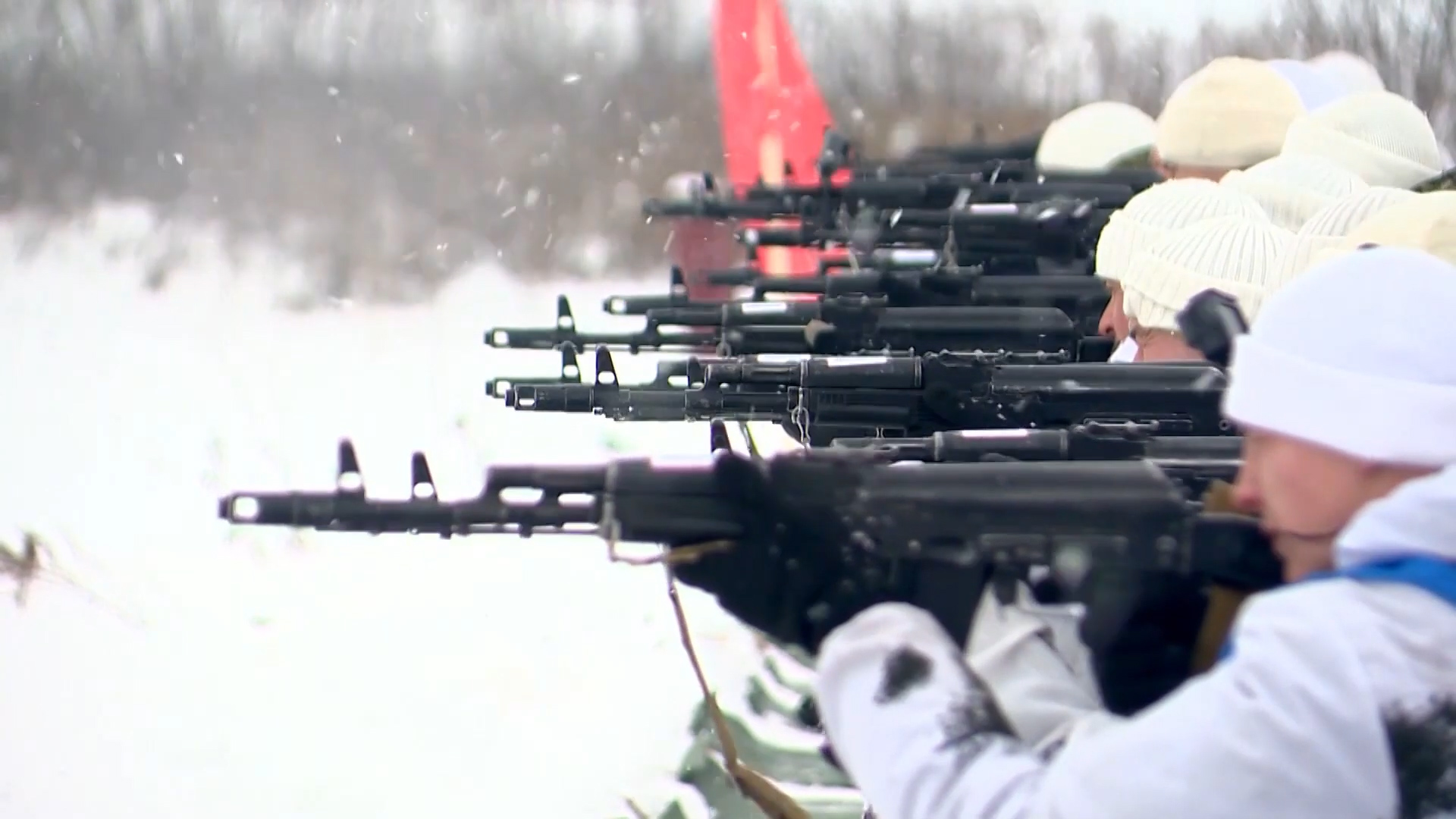
The report also describes China’s military advancements as “striking both for its ambition and speed of development.”
Between 2017 and 2018, Beijing increased its military budget by 6% and the report states:
“China’s military heft is increasingly felt in the region.”
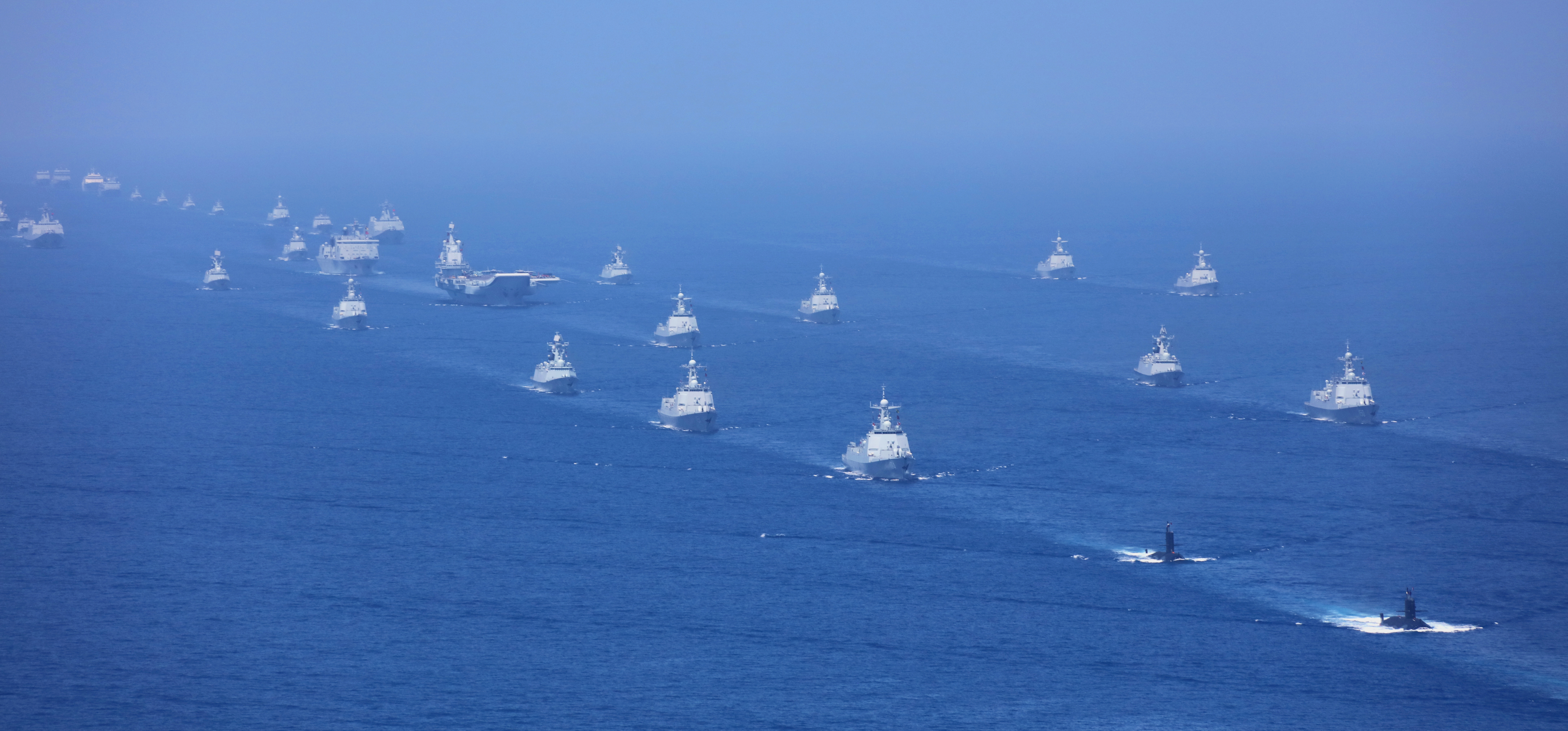
The report also notes that were China to be included in the now lapsed INF Treaty, “up to 95% of its current ballistic and cruise-missile inventory would be prohibited”, according to Pentagon research.
The Chinese navy is quickly increasing the number of vessels in its fleet and its the air force has also added to its missile inventory.
Despite the advancement of other militaries, the report says the US "still retains an edge over potential adversaries but the gap continues to narrow".


